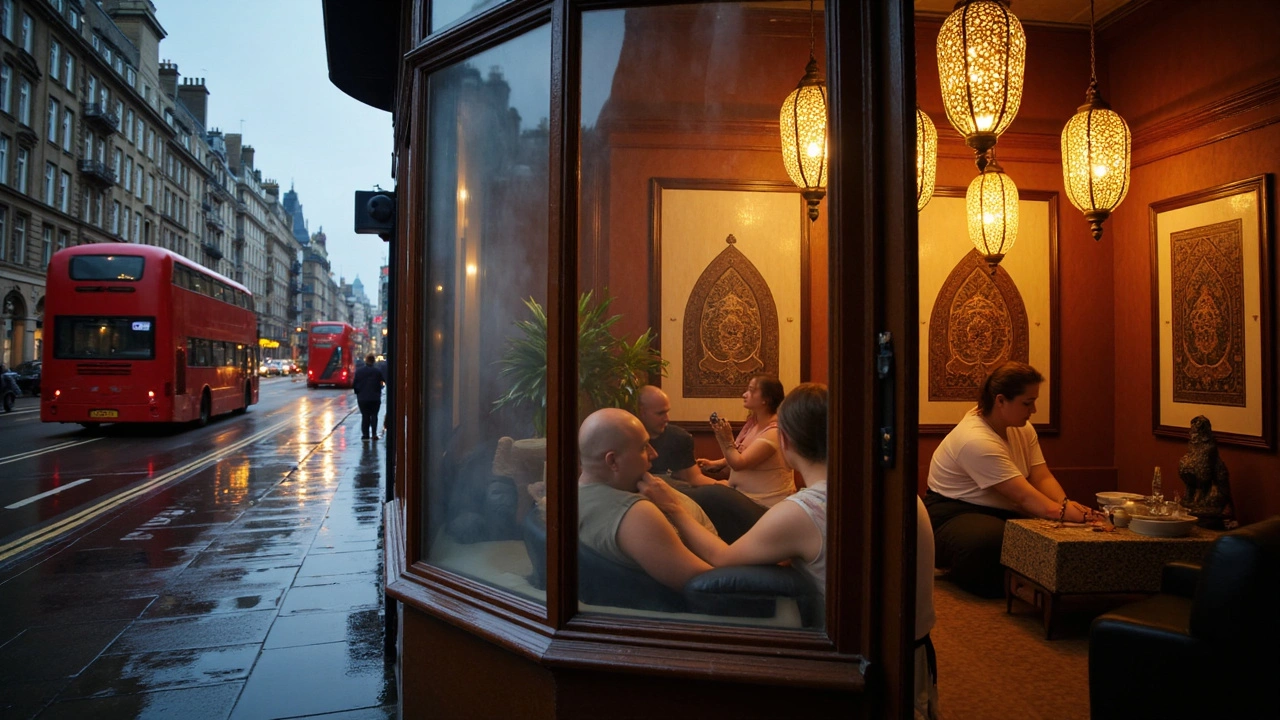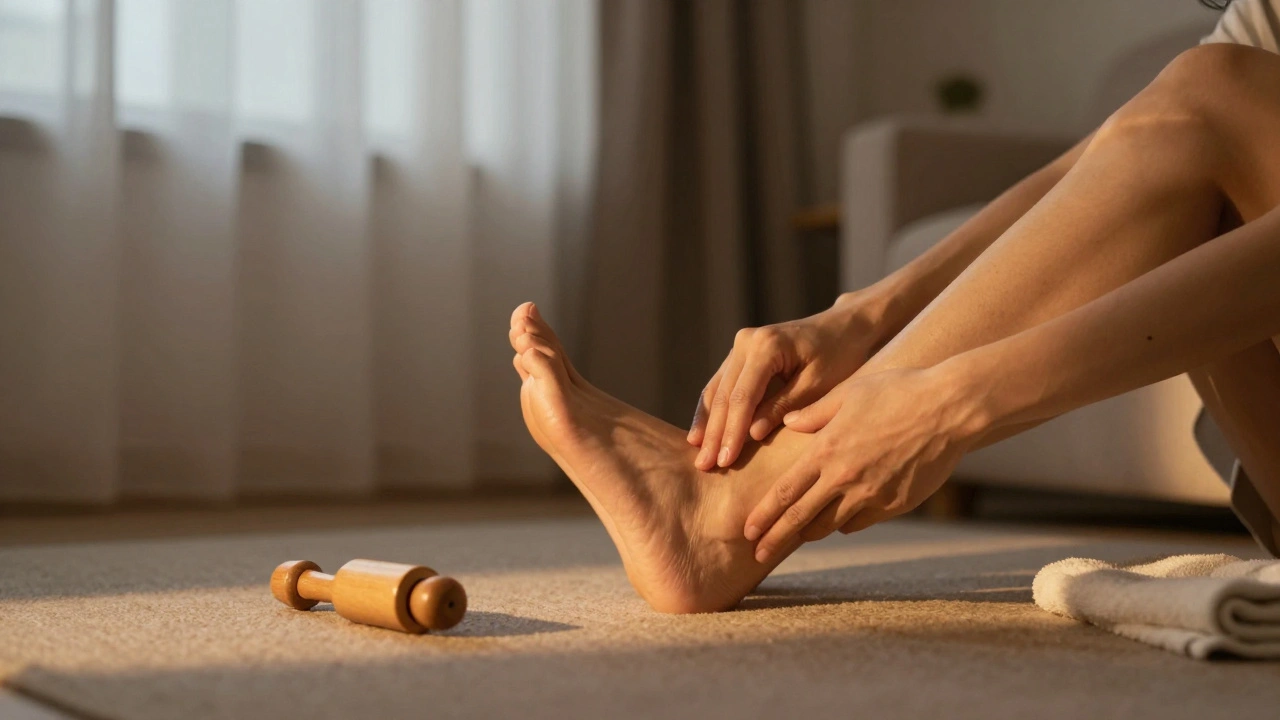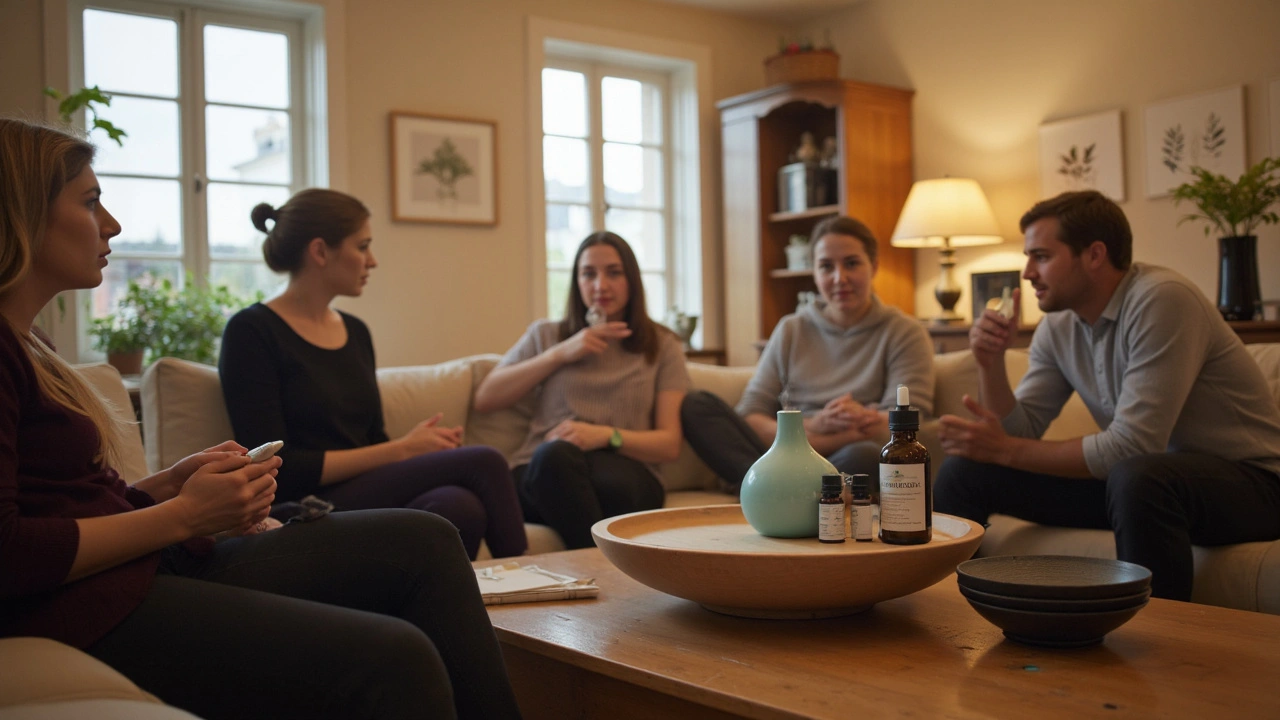Indian Massage in London: The Ultimate Stress Relief for Busy Professionals

Ever walk out of the Tube feeling like you’ve been tossed around a washing machine? Most Londoners know the feeling. Work, travel, family—sometimes it all piles up until your neck locks up, your head pounds, and you’ve completely forgotten how it feels just to relax. You might power through, down coffee, and hustle harder, but that’s like taping over a leaky pipe. Here’s a surprising reality: a simple Indian massage could save your sanity, right in the heart of London’s rush. It’s not the spa-day splurge you’re picturing. No fancy cucumber water, no whale music—just thousands of years’ worth of science and real pressure melting away your tension in less than an hour. Some of London’s busiest people—think barristers, entrepreneurs, NHS staff—swear by it. They turn to this old-world therapy because it actually delivers where trendy treatments fail. Ready to unravel the truth about Indian massage in this city? Let’s get into why it’s the secret weapon for people always on the move.
What Sets Indian Massage Apart in a Sea of Options
The minute you hear ‘massage’ in London, your mind probably jumps to the usual lineup: Swedish, sports, maybe a bit of deep tissue. But Indian massage—especially what’s called ‘Ayurvedic massage’—is from a totally different playbook. It draws on Ayurveda, a healing system practiced in India for more than 3,000 years. That’s older than the Tower of London. But age isn’t what makes it special. This style focuses on marma points (think pressure spots where energy channels meet—stuff even your personal trainer doesn’t know about). Therapists train for years to target these zones, working on both physical knots and pent-up stress. It’s less about luxury, more about resetting your mind and body fast.
What’s wild—clinical studies from the All India Institute of Medical Sciences show that just one session can drop stress hormones (like cortisol and adrenaline) nearly 20%. That’s real, chemical change: not just feeling relaxed, but actually switching off stress at the source. The techniques often use herbal oils made from neem, sesame, or turmeric—known for their anti-inflammatory and muscle-soothing properties. For anyone suffering from back pain, migraine, or even insomnia triggered by London’s endless stress, these oils become a game changer.
There’s a super practical benefit: Indian massage isn’t a marathon. The classic ‘head massage’ (Shiroabhyanga) runs 30–45 minutes and fits right into a lunch break—or even squeezed between meetings. You don’t need to strip down, and you don’t walk out oily or dazed. The focus is on the head, neck, and shoulders—the hotspots that bear the worst of laptop posture and phone slouch. And unlike classic Western massages, Indian therapists often use more pressure, circular motions, and specific hand techniques that feel surprisingly energizing, not just sleepy.
For busy Londoners, there’s also convenience: Indian massage clinics are cropping up all over the city, including near major stations. Some therapists even come straight to offices or homes. Their services often run later than typical spas—which means they cater to people logging long hours or irregular shifts. This focus on accessibility might explain why in 2024, Google searches for ‘Indian massage London’ jumped by more than 200%. Clearly, word’s getting out.
But what really sets it apart? The holistic perspective. During each session, the therapist may ask about your mood, habits, even diet—not just your stiff neck. It’s about tuning your whole body, not just fixing sore muscles. The goal is not only to give you relief, but to set you up to handle more stress tomorrow. Since the mind and body are intensely connected, you get the benefits of a mental reset along with loose muscles. Years ago, this was a luxury back home in India, but now, Indian massage is becoming London’s not-so-secret weapon against burnout.

How Indian Massage Fits Busy London Lives
Time is the one thing nobody in London seems to have enough of. Indian massage is quietly designed for those who can’t afford to waste a minute. Many sessions can be slotted at lunchtime, on the way home, or even before a big presentation. You could be in and out in under an hour, back to work or dinner, actually feeling lighter. Clinics located near the City or Canary Wharf know their audience—they offer express appointments, privacy, and even loyalty options because regulars are battling stress daily, not once in a blue moon.
Here’s an interesting hack: frequent regulars often book head massages every couple of weeks, instead of one spa blowout after burning out. It’s like brushing your teeth—maintenance, not damage control. This habit reduces headaches, neck pain and even eye strain from screens. A major survey published by the British Journal of Pain in late 2023 found that workers topping eleven-hour days who got monthly head and shoulder massages reported 35% fewer sick days. And about 80% of them said they slept better after their sessions.
If you’re worried about looking greasy or unprofessional, most London clinics offer herbal or dry versions—no messy oils unless you want them. And you’re not forced to make small talk with the therapist if silence is your therapy. Indian massage is all about personalizing sessions. Some places even let clients choose music, lighting, and pressure levels. You’re not shoehorned into a one-size-fits-all routine, because everyone’s stress response is a little unique.
Here’s the clever bit: Indian massage doesn’t just treat physical aches. It works for mental fatigue too—a big deal for anyone juggling deadlines, family, and social calendars. Instead of blasting through with caffeine or sugary snacks, a head massage literally switches your brain down from fight-or-flight mode. The National Institutes of Health in the US confirmed in a 2022 trial that activating certain marma points on the scalp and neck can significantly reduce anxiety and improve focus for up to 72 hours after a single session.
Another overlooked upside? Accessibility. Some therapists now use booking apps and offer 30-minute walk-in slots, so you can snag a same-day massage after a brutal commute. Major benefit if your schedule never stays the same. And for anyone WFH (still plenty of us out here, despite the back-to-office push), mobile therapists eliminate the hassle of travel. Want to add a boost to your next Zoom meeting? Book a therapist to visit over your lunch break. It’s a much smarter option than doom-scrolling on your phone or stress-eating another packet of crisps.
People looking for an edge—whether in finance, tech, medicine, or hospitality—are catching on. Top-tier athletes use it to soothe muscle soreness and sharpen focus. Creatives and freelancers swear by it to break through creative blocks. If you’re always on and hate wasting time, the flexibility and efficiency of Indian massage make it a genuine fit for city life.

How to Get the Most from Your Indian Massage in London
Ready to try it? There are some easy tips to actually get the biggest bang for your buck. First up: timing. You don’t need to save it for special occasions. Book regular appointments every couple of weeks—the benefits build up, so you’ll notice less stress and stiffness as a norm, not just an exception. Don’t skip sessions just because you feel good; prevention is easier (and cheaper) than fixing chronic pain down the line.
Next, know what you want out of it. Trouble sleeping? Go for a slow, herbal oil-based head massage. Suffering from tension headaches or jaw pain? Ask for extra focus on the scalp and temples. If screen time is your enemy, get the therapist to spend extra minutes on your shoulders and neck. This isn’t being fussy; these tweaks mean the massage fits your life, not the other way round.
There’s a trick many regulars keep quiet—layering Indian massage with other stress busters. Some combine a quick head massage before yoga or meditation. Others book one after a gym workout for better muscle recovery. If your workplace offers wellness perks, see if they’ll do a group booking for an on-site session—cheaper and more convenient than heading to the spa.
Eating and hydration matter, too. Drink a big glass of water after your session to help your body move out toxins loosened by the massage. Want even more results? Try cutting caffeine for a few hours post-massage—you’ll likely feel your mind stay calmer and sharper. Skip heavy meals right before to avoid feeling sluggish. These aren’t just old wives’ tales—studies from King’s College London underline that hydration and diet really do affect recovery and relaxation.
Watch out for quality, though. Not every back-street ‘massage’ clinic is legit. Look for places with certified practitioners and ask if your therapist specializes in indian massage london. Reviews on Google Maps or wellness booking platforms (like Treatwell or Urban) help filter out the bad apples. Don’t be afraid to chat with your therapist before you start—this is your time, so your comfort is top priority. If something doesn’t feel right, speak up or try a different place next time.
One more pro tip: schedule your first massage for a time you can chill afterward. Don’t leap straight into a stressful meeting—give your brain a little space to soak up the reboot, whether that’s by taking a walk, doing light stretches, or just closing your eyes for a few minutes. The effects usually last well into the next day, so you’ll see the benefits, whether it’s quicker thinking, less muscle tightness, or even better sleep that night.
- Stay hydrated before and after
- Book regular sessions, not just emergency ones
- Don’t be shy asking for what you need—pressure, oils, focus areas
- Use booking apps for fast, real-time slots
- Pair it with exercise, meditation or just a quiet walk
- Check for certified professionals and legit reviews
London isn’t slowing down for anyone, but there are shortcuts to restoring balance. A good Indian massage doesn’t just hit pause on the chaos—it programs your mind and body to handle it better. So, why not weave a dose of ancient wisdom into your city routine? You might be surprised at how much lighter life feels.



